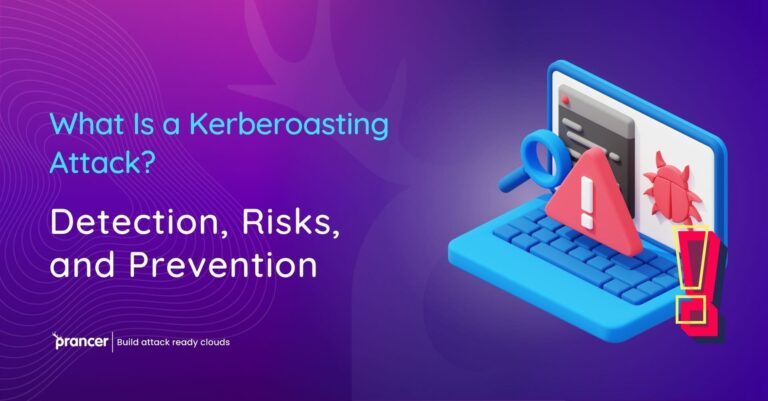With cybersecurity becoming a fast-moving world, organizations are constantly facing sophisticated threats requiring innovative and proactive solutions. In its 2024 report, Gartner outlines Adversarial Exposure Validation (AEV) — a disruptive method based on the latest techniques, including automated penetration testing, Breach and Attack Simulation (BAS), and Red Teaming. Coupled with AI, this AI driven framework offers a unified and complete strategy to identify and mitigate vulnerabilities far greater than that of traditional practices.
Ready to transform your approach? Discover the power of Adversarial Exposure Validation.
What is Adversarial Exposure Validation?
AEV represents a major jump in security operations, making the system smarter than the sum of its parts, and solving the problems that traditional tools like BAS and PTaaS have. Emulation of real world cyberattacks is an ongoing process as it provides a holistic view of vulnerabilities within the organization security posture across on premise and cloud environments. AEV takes an innovative approach to ensure organizations are one step ahead of emerging threats and their real time insights and adaptable strategies.

Key Features of AEV
The core components that set AEV apart include:
- Comprehensive Coverage: End to end continuous validation across on premise and cloud assets.
- Real-World Attack Emulation: Accurately tests security postures with replicates of sophisticated attack scenarios.
- Unified Framework: Combines the techniques of security testing into an integrated, automated process.
- AI-Powered Analysis: Artificial intelligence driven intelligent prioritization and remediation.
- Enhanced Integration: It seamlessly integrates with existing security tools to enhance detection and response capabilities.
AEV focuses on the whole security landscape, and empowers organizations to proactively fix weaknesses, before they are exploited.
How does AEV utilize Artificial Intelligence?
Central to AEV is Artificial intelligence that allows simulation of multistage cyberattacks. For example:
- In a financial organization, AI could perform a phishing campaign, exploit zero-day vulnerabilities to escalate privileges and attempt data exfiltration.
- In healthcare, AI focuses on fixing the most critical systems, e.g., medical device management, and less impactful vulnerabilities.
After the simulation, AI powered analytics assess exploitability, asset criticality and business impact; and suggest remediation actions.
Benefits of Adopting Adversarial Exposure Validation
Adopting AEV offers substantial benefits, including:
- Continuous Insights: Organizational need based ongoing assessment of vulnerabilities.
- Cost Efficiency: Automation helps to reduce redundancies and operational costs.
- Scalability: AEV is applicable to businesses of all sizes and for all sectors.
- Improved Collaboration: A unified dashboard facilitates better team coordination and response to threats.
It’s also a proactive approach that lessens the chance of successful attacks, giving organizations some peace of mind as the battle for cybersecurity intensifies.
Adversarial Exposure Validation: The Future of Cybersecurity
With cloud-native and hybrid infrastructures becoming the norm for businesses, AEV will become the core of today’s cybersecurity strategy. In a future where they continue to integrate with emerging tools like Cloud-Native Application Protection Platforms (CNAPP) and Application Security Posture Management (ASPM), these tools promise to deliver a unified solution for real-time monitoring and automated remediation.
AI advancements, coupled with framework convergence into Continuous Threat Exposure Management (CTEM), will continue to improve AEV’s ability for looking ahead. These developments will make compliance simpler, eliminate redundancies and improve adaptive security measures, so that organisations stay resilient to ever changing threats.
Adversarial Exposure Validation is a paradigm shift from cybersecurity’s reactive and fragmented view of threat management moving to a proactive and unified approach. AEV is a compelling and indispensable solution for organizations in search of a robust, future ready defense strategy.




